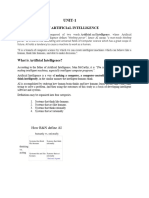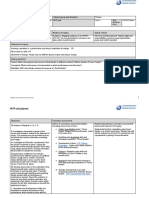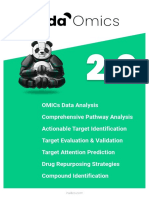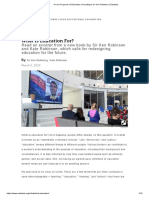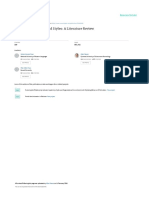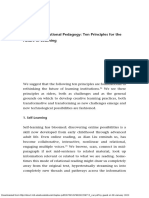0% found this document useful (0 votes)
20 views14 pagesA Presentation by
The Internet of Things (IoT) is a network of physical objects embedded with sensors, software and electronics that allows them to connect, exchange and collect data. IoT enables remote monitoring and control of these connected objects across existing network infrastructure. Technologies like RFID, sensors, smart devices and nanotechnology work together to identify, sense, process and transmit data between physical objects and computer systems. This creates opportunities to automate tasks and improve efficiency. Common IoT applications include smart homes, manufacturing, healthcare, transportation and more which aim to enhance quality of life. However, privacy, security, control and other social issues still need to be addressed regarding ubiquitous computing through IoT.
Uploaded by
K JoshiCopyright
© © All Rights Reserved
We take content rights seriously. If you suspect this is your content, claim it here.
Available Formats
Download as PPTX, PDF, TXT or read online on Scribd
0% found this document useful (0 votes)
20 views14 pagesA Presentation by
The Internet of Things (IoT) is a network of physical objects embedded with sensors, software and electronics that allows them to connect, exchange and collect data. IoT enables remote monitoring and control of these connected objects across existing network infrastructure. Technologies like RFID, sensors, smart devices and nanotechnology work together to identify, sense, process and transmit data between physical objects and computer systems. This creates opportunities to automate tasks and improve efficiency. Common IoT applications include smart homes, manufacturing, healthcare, transportation and more which aim to enhance quality of life. However, privacy, security, control and other social issues still need to be addressed regarding ubiquitous computing through IoT.
Uploaded by
K JoshiCopyright
© © All Rights Reserved
We take content rights seriously. If you suspect this is your content, claim it here.
Available Formats
Download as PPTX, PDF, TXT or read online on Scribd
/ 14












